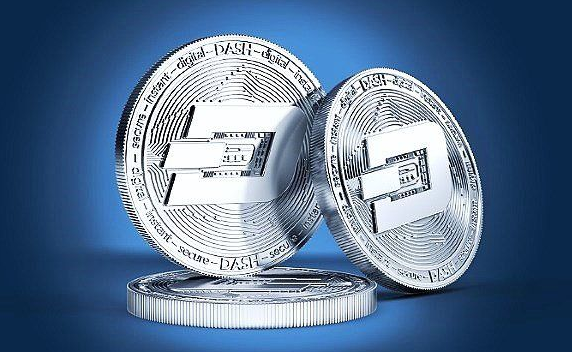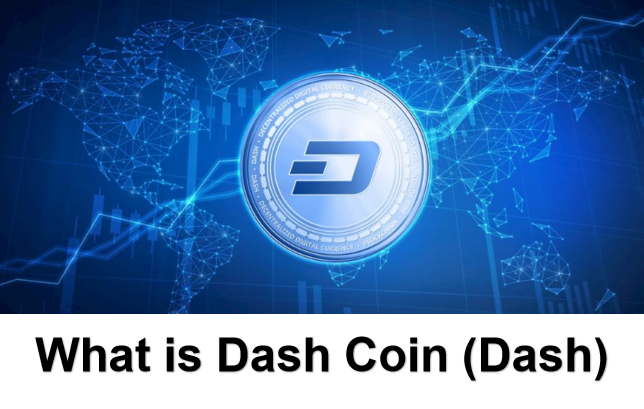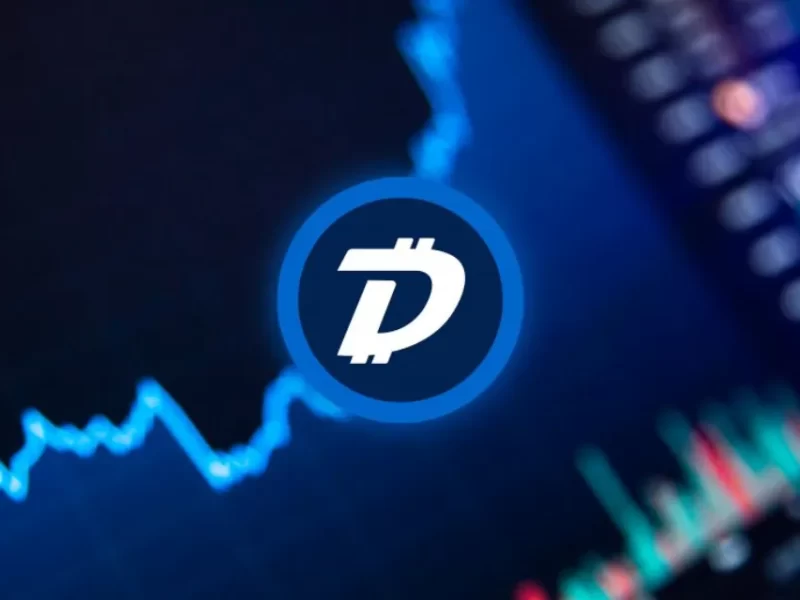Though it started as a Bitcoin hard fork (or more specifically, a fork of a Bitcoin hard fork), Dash is a cryptocurrency rooted in innovation. One of the first “altcoins”, Dash set itself apart from the crowd with unique enhancements to its hashing algorithms and the introduction of master nodes.
Dash is also a decentralized autonomous organization, or DAO, which means that its users are the ones responsible for determining future changes to the way the network operates.
Interested in Dash (but not sure what it’s all about? No worries. This guide is designed to teach you everything you need to know about the project and get you ready to jump into the most user-friendly trading experience on the market.
What is Dash (DASH)?
Dash (DASH), originally known as Xcoin and Darkcoin, was launched as a fork of Litecoin – which is a fork of the Bitcoin protocol – in January 2014 by Evan Duffield to address Bitcoin’s purported flaws with transaction times and privacy. Dash was designed to protect the anonymity of its users with the X11 algorithm while delivering transactions at higher speeds using Masternodes.
DASH is popular for it’s secure X11 algorithm and two popular features, InstantSend and PrivateSend. InstantSend allows users to transfer DASH without waiting for transactions to be confirmed on the DASH blockchain. PrivateSend enables users to obscure transactions by sending them in a special sequence that makes it difficult for any observers trying to trace DASH transactions.
How does DASH Work?
DASH uses a two-tier network, allowing its miners and Masternodes to run in tandem. One layer is powered by miners who compete to create new blocks and secure the blockchain. Miners preserve the DASH blockchain’s transaction history while preventing double-spending.
The other layer is controlled by Masternodes, which are users on the network who take some of the functions of a miner by staking 1000 DASH. Masternodes help miners by ordering and verifying transactions.
One major difference between Dash and Bitcoin is that DASH has an average block time of 2.5 minutes (compared to 10 minutes) and miners only receive 45% of the DASH minted in each block (instead of 100% on Bitcoin). DASH utilizes the DASH utility token as one of the payment methods for fees on the DASH Network and it is used for staking in DASH’s Masternode system, allowing users to help secure the network in return for rewards.

History of Dash
Though Dash now seeks to be a medium for everyday transactions, it’s aspirations didn’t always align this way.
In the beginning, Dash was called “Darkcoin”, and before that “Xcoin”. It was a currency that prioritised privacy and anonymity, much like Monero does today. It changed focus in 2015 and rebranded itself as ‘Dash; a move which has seemingly worked well as it’s since grown to become the 14th largest cryptocurrency by market capitalisation.
The founder of Dash is Evan Duffield – a software developer who had been studying Bitcoin since 2011. He saw Bitcoin’s lack of anonymity as a weakness and sought to improve on it. He made suggestions on how to implement this to Bitcoin’s developers, but when they rejected his suggestions, he began developing his own altcoin instead.
In January 2014, he released “Darkcoin”. Several notable developments occurred after this as Duffield sought to improve the network, most notably by adding the feature of Masternodes.
Duffield realised that the focus on anonymity was holding the coin back as it had many other benefits aside from this. Therefore, in March 2015, it was relaunched as ‘Dash’. At this point, approximately 1.9 million coins had already been mined.
After this, Dash continued to evolve, and its price grew steadily. The biggest growth in price occurred in 2017 – a period which saw massive growth across the whole cryptocurrency market. After that, it began to decline in early 2018, again mimicking the wider cryptocurrency market.
What Are the Risks of Dash?
Here are the most significant risks of investing in Dash:
It’s extremely volatile, and its price can change by 10% or more in a single day. This is an issue with any cryptocurrency investment because they’re high risk, high reward.
Dash faces a common issue for cryptocurrencies — whether it’s a currency or an investment. Its goal is to be a global payments system, but that will require a more stable price. Otherwise, consumers will prefer to hold Dash in the hopes of the value increasing.
Dash has been called a scam due to issues when it launched. Most notably, the difficulty of mining didn’t adjust quickly enough, leading to nearly 2 million DASH being issued in the first 24 hours. While creator Evan Duffield says this was an error, some in the crypto community claim it was planned so that a small group of people could mine a large amount of Dash.
If you decide to buy Dash, only put in what you can afford to lose. And, if you’d prefer crypto exposure at a lower risk, consider cryptocurrency stocks.
What Makes Dash Unique?
According to its website, the goal of Dash is “to be the most user-friendly and scalable payments-focused cryptocurrency in the world.” To accomplish this, the project relies on a network of masternodes, which are servers backed by collateral held in Dash that are designed to provide advanced services securely and governance over Dash’s proposal system. In exchange for part of the block rewards, masternodes provide a second layer of services to the network. They facilitate functions such as InstantSend, PrivateSend and ChainLocks.
Dash is marketed to both individual users and institutions, including merchants, financial services, traders and those who need to send international remittances. In October 2020, Dash Core Group reported that its strategic objectives moving forward include building its ecosystem and brand, ensuring that users are satisfied and further advancing the technology behind the network.
Dash’s governance system, or treasury, distributes 10% of the block rewards for the development of the project in a competitive and decentralized way. This has allowed the creation of many funded organizations, including Dash Core Group. In addition, the Dash Foundation, which advocates for the adoption of the cryptocurrency, receives donations and offers paid individual and institutional memberships.
Is Dash a good investment?
It is unlikely that the price of DASH will rise considerably in the short term. However, online forecasters are generally bullish about DASH’s long-term prospects.
Whatever you choose to do, please keep in mind that crypto assets are highly volatile, and prices can go up and down unexpectedly. Invest with caution.
Should I Invest in DASH?
That is totally up to you. As with all crypto assets, returns can be large, but you can also stand to lose your capital. Whatever you do, make sure to only invest as much as you can afford to lose.



